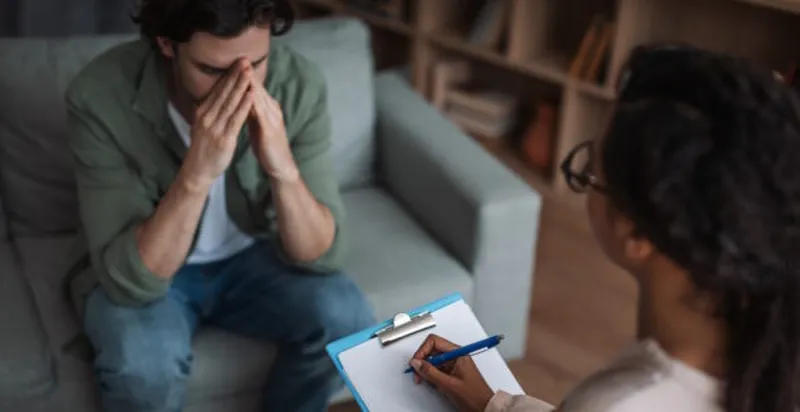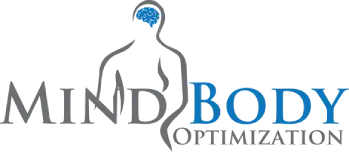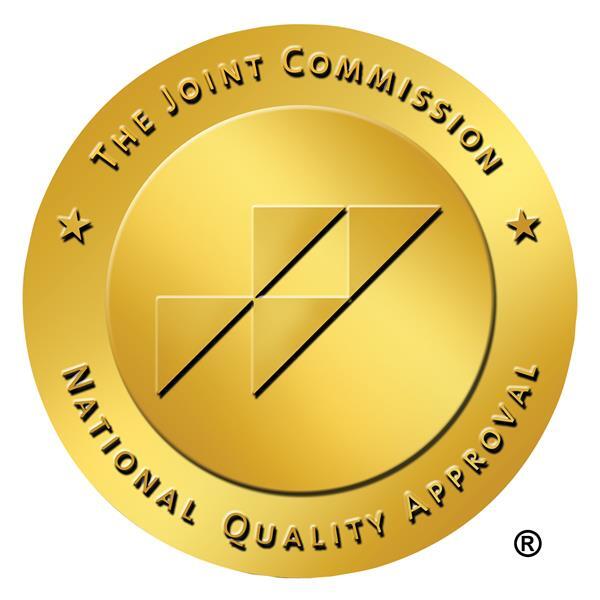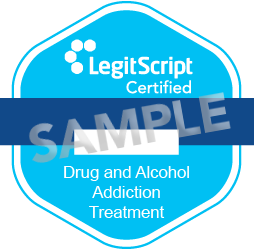Understanding the 7 Types of Depression
Depression is a common mental illness that occurs worldwide, and you can experience your first depressive episode anytime. Being depressed makes it more challenging to progress in your life and raises the risk of developing other mental health conditions, including addiction.
Exploring the different types of depression helps you understand what’s causing you to experience prolonged periods of sadness or apathy. Being informed also makes it easier to reach out for help and start regaining your former sense of happiness.

What Is Depression?
You’ll sometimes hear people say they’re depressed after they miss out on short-term opportunities. However, depression runs deeper than a few fleeting moments of sadness.
The spectrum of depression can range from feeling sad for longer than two weeks to intense fluctuations in your mood and emotions that continue for years. Depression can also cause physical symptoms, including changes in your eating and sleeping patterns and headaches or stomachaches.
Taking a closer look at the levels of depression can help you figure out where you fall on the spectrum and better understand what’s happening with your mind and body.
What Are the 7 Types of Depression?
The different forms of depression can be broken down into seven categories. As you explore the various types of depressive disorders, the symptoms can sometimes overlap in some cases. Working with a professional therapist helps you understand where you fall on the spectrum and the best ways to manage your symptoms.
Major Depressive Disorder
When people think of a depressive episode, this is the type they’re likely picturing. Major depressive disorder is characterized by symptoms that continue every day for two weeks or longer. Intense fatigue, a loss of interest in everyday activities, and problems concentrating are standard with this form. If left untreated, major depressive disorder can continue for several months, leading to thoughts or actions of self-harm.
Persistent Depressive Disorder
Depression disorders beyond the two-year mark are often placed within this category. For many people, the symptoms of PDD may be milder compared to major depressive disorder. They may also come and go from one day or week to the next. However, there are more rough days than good ones with depression.
Perinatal and Postpartum Depression
Postpartum depression is one of the subtypes that pregnant people are often alert for during the first few weeks after giving birth. Yet, many people are unaware that depressive disorders can also arrive during pregnancy. Hormonal shifts can cause both perinatal and postpartum depression during pregnancy and post-birth. While they can clear up independently, many people still need continuing care to manage their symptoms.
Premenstrual Dysphoric Disorder
This is another form of depression influenced by hormones. It’s similar to PMS but has much more pronounced symptoms, including mood swings, intense feelings of hopelessness, and dramatic changes in one’s eating and sleeping habits. The symptoms typically begin during the first stage of the menstrual cycle and ease up once menstruation starts. Since this naturally occurs during monthly cycles, it can have a debilitating effect on an individual.

Seasonal Affective Disorder
SAD is one of the forms of depression that appears to follow the body’s circadian rhythms. While most people notice their symptoms get worse in the winter, a few others experience this disorder in the spring and summer. Light therapy, counseling, and spending more time outside can help alleviate the symptoms.
Bipolar Disorder
Dealing with different levels of depression could signify bipolar disorder. People with bipolar disorder may experience periods of hyperactivity or mania between depressive episodes. Bipolar disorder can generate a wide range of symptoms and fall within the treatment-resistant category.
Atypical Depression
This is another depression subtype that doesn’t follow people’s preconceived notions. Sometimes called reactive depression, you might suddenly find that you feel much better after a positive event happens in your life. However, you’ll return to your former baseline of general apathy and fatigue. Medication is often helpful for treating this form when combined with other therapies.
How Is Depression Treated?
The different types of depressive disorders all respond well to treatment, and a personalized plan helps you to take advantage of the best forms of care to fit your needs. Medication, talk therapy, and lifestyle modifications can all help improve your symptoms.
Brain stimulation therapies are additional forms of treatment that are especially effective on the harder-to-treat depression subtypes. For example, transcranial magnetic stimulation (TMS) uses magnetic waves to painlessly stimulate brain parts that impact depression symptoms and may not fully respond to other forms of care.
If you’ve been diagnosed with one of the treatment-resistant types of depressive disorders, exploring options that use modern technology to rewire your brain can help you achieve a higher level of relief from your symptoms.
Mind Body Optimization focuses on helping you better understand your mental health. From getting a diagnosis to learning more about which subtype you have, we’re here to help you begin developing greater mental well-being. Contact us to start your journey to overcoming depression and other co-existing conditions and achieving whole-body wellness.






